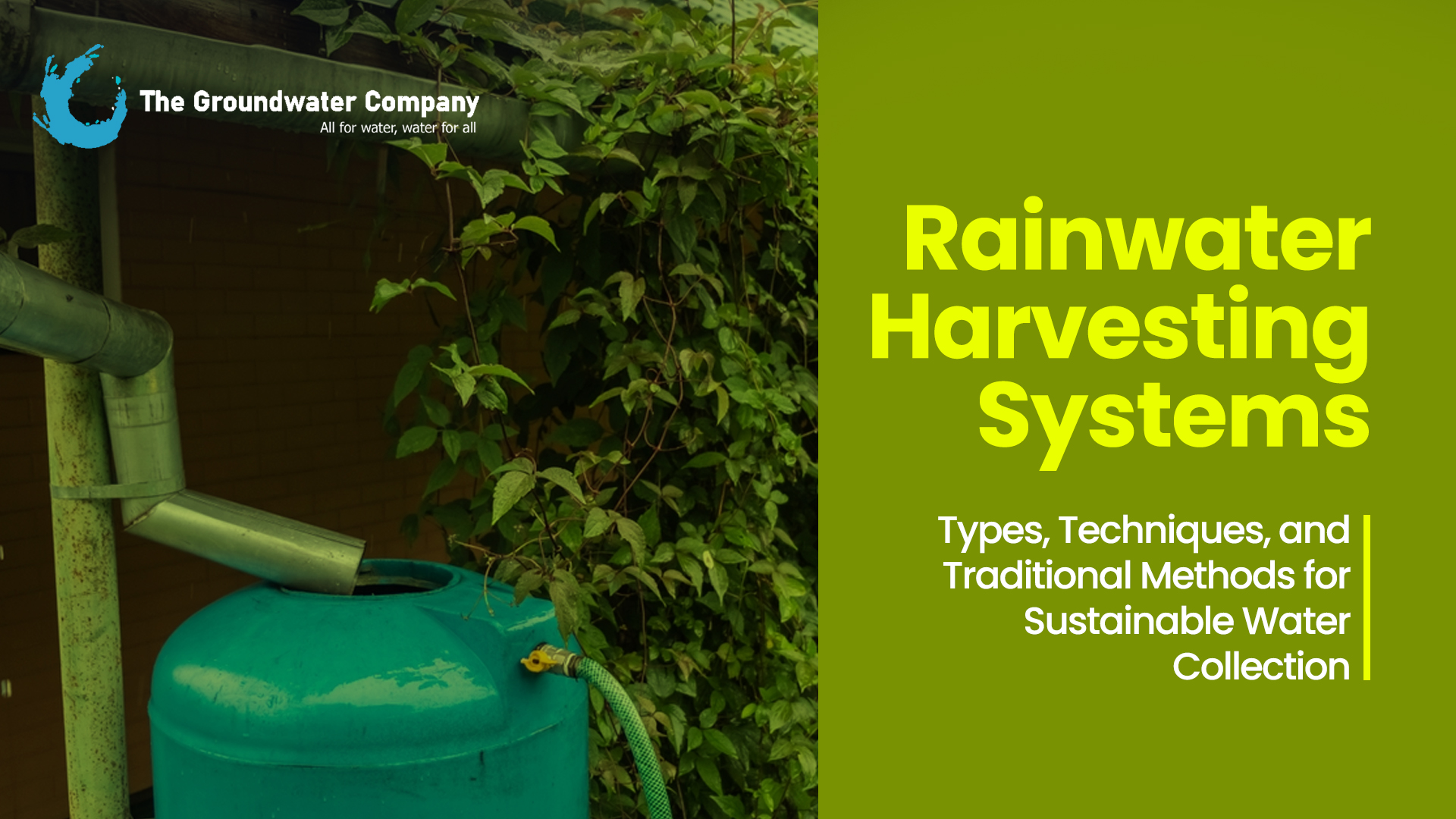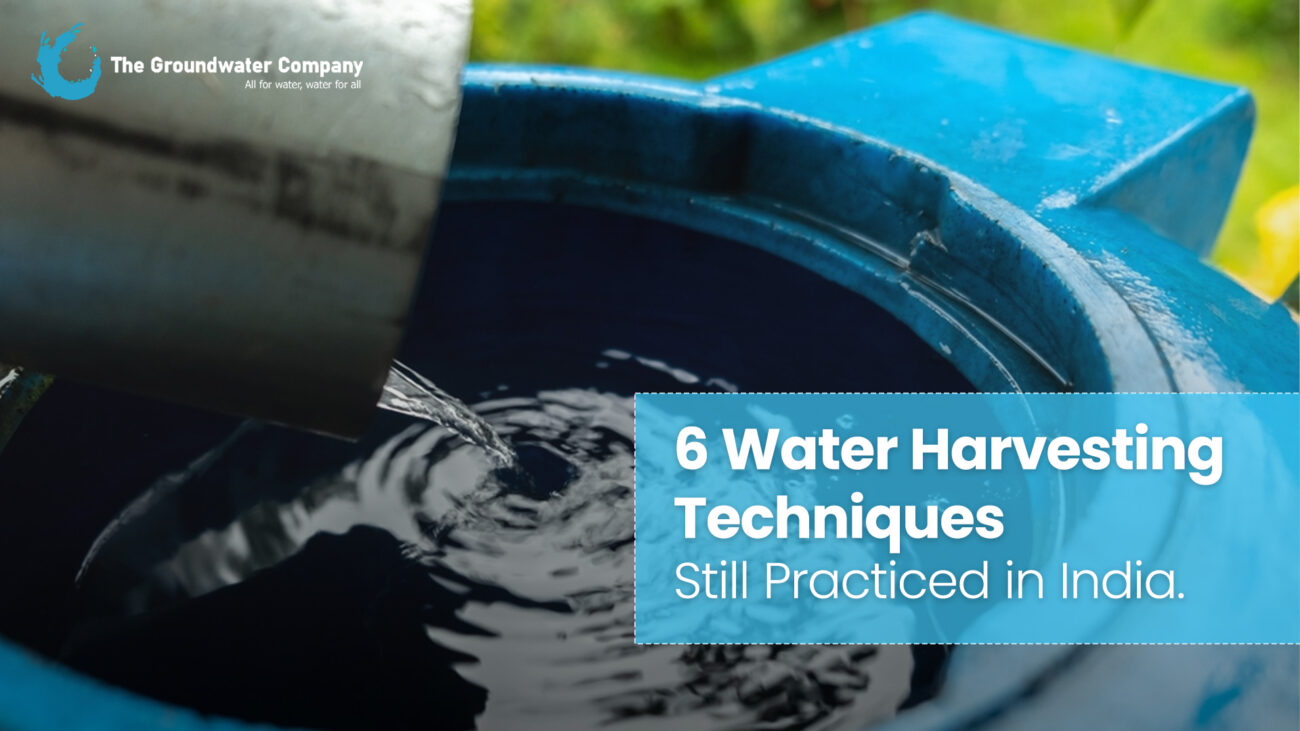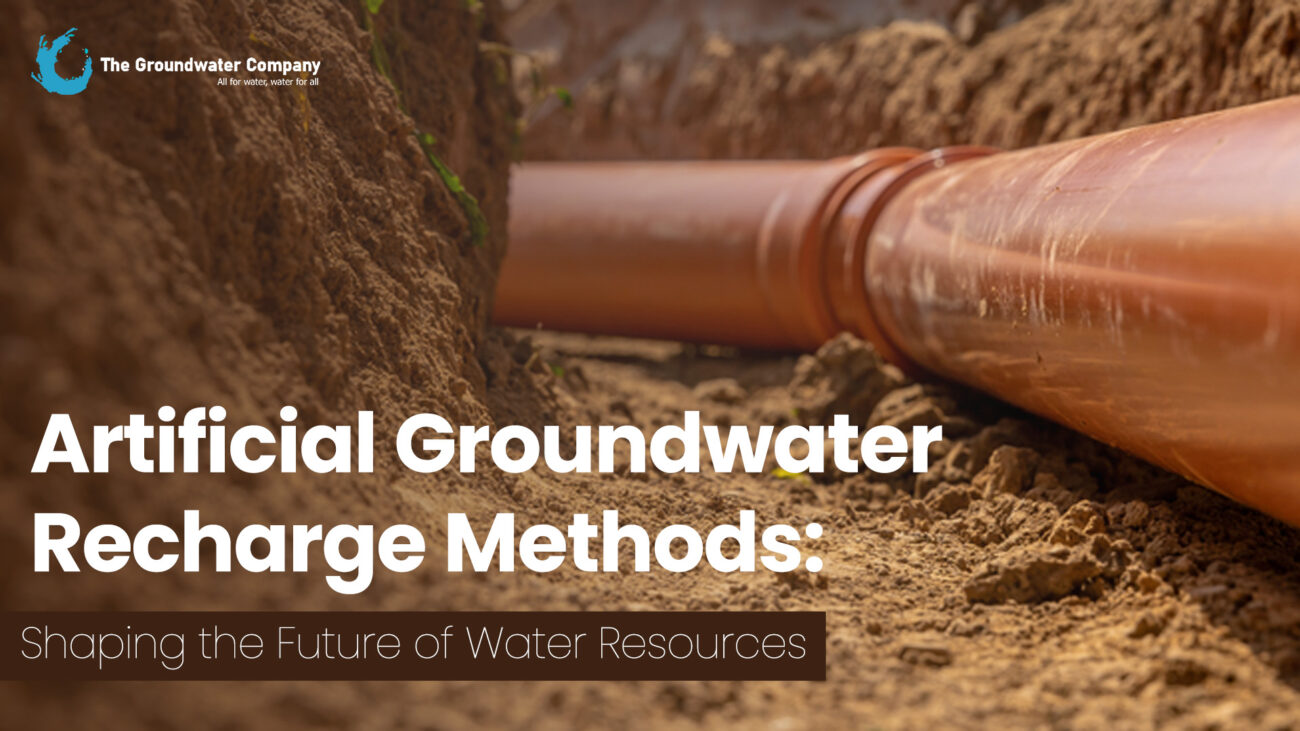As the global demand for water continues to rise, rainwater harvesting is becoming an essential practice for sustainable water management. This process involves capturing, storing, and using rainwater for various purposes, such as drinking, irrigation, and groundwater recharge. With a focus on both rural and urban applications, rainwater harvesting is a simple yet powerful way to conserve water resources and reduce dependency on external sources.
What is Rainwater Harvesting?
Rainwater harvesting is the process of collecting and storing rainwater from rooftops, land surfaces, or other catchment areas. This stored water can be used for a variety of applications, from domestic and industrial use to groundwater recharge in both rural and urban areas. According to a report by the United Nations, rainwater harvesting can reduce the strain on traditional water supplies by up to 30%, making it a crucial tool for addressing water scarcity.
Rainwater Harvesting Definition
By definition, rainwater harvesting refers to the collection, accumulation, and utilization of rainwater, particularly from surfaces like rooftops, through a system of pipes, filters, and storage tanks. It is a technique that has been practiced for centuries and continues to evolve with modern technology to ensure a sustainable water supply in both rural and urban settings.
Types of Rainwater Harvesting Systems
There are two main types systems:
1. Rooftop Rainwater Harvesting Systems
This is one of the most common and efficient rainwater collection systems, where rainwater is collected from rooftops and channeled into storage tanks or recharge pits. Studies have shown that a well-designed rooftop system can meet up to 40% of a household’s water needs.
2. Surface Runoff Harvesting
Surface runoff harvesting involves collecting rainwater that flows over land surfaces, such as roads or agricultural fields. This water is usually directed into ponds, reservoirs, or underground storage systems for future use. This method is particularly effective in groundwater recharge in rural areas where rainfall might be sporadic.
Rainwater Harvesting Techniques
The success of a rainwater harvesting system depends on the methods and techniques used for collection, storage, and distribution. Some widely practiced rainwater harvesting techniques include:
1. Storage in Tanks
Water collected from roofs or other catchment areas is directed into above-ground or underground tanks. This system is ideal for domestic use in urban areas, where space may be limited.
2. Recharge Pits and Wells
In regions facing groundwater depletion, rain water harvesting is often used to recharge aquifers. Recharge pits are shallow trenches or wells that allow water to seep into the ground, replenishing underground water tables. These systems are particularly effective for groundwater recharge in urban areas, where natural infiltration is limited due to impervious surfaces.
3. Percolation Tanks
Percolation tanks are small, open tanks used to store runoff water. Over time, the water infiltrates the soil, improving the groundwater levels in the surrounding areas. These tanks are commonly used in rural agricultural regions to support irrigation needs.
Traditional Rain water Harvesting Methods
Before the advent of modern technology, many cultures relied on these traditional harvesting methods to meet their water needs. These practices are still in use today and provide valuable insights into sustainable water management.
1. Kunds and Johads in India
In arid regions of Rajasthan, India, traditional structures called kunds and johads were built to collect rainwater. Kunds are small, circular underground reservoirs, while Johads are earthen check dams that capture and store rainwater for future use. These systems are highly effective for replenishing groundwater in rural areas.
2. Zing in Ladakh
In the cold desert region of Ladakh, zing is a traditional method where small tanks are constructed to capture runoff from glaciers and snowmelt, which is then used for irrigation during the growing season.
3. Hafirs in Africa
In African countries like Sudan, hafirs are large dugout ponds that collect rainwater during the wet season. This stored water is used throughout the dry season for drinking and irrigation.
The Rainwater Harvesting Process
The rainwater harvesting process involves several steps, from capturing rainwater to storing it and eventually using it. Here’s how the process works:
1. Collection
Rainwater is collected from a catchment area, typically a rooftop or open land surface. Gutters and pipes direct the collected water to a storage or filtration system.
2. Filtration
Before storing or using the water, it is passed through filters to remove debris and contaminants. This ensures that the water is safe for household use or irrigation.
3. Storage
Once filtered, the water is stored in tanks or underground reservoirs for later use. The size and type of storage system depend on the amount of rainfall and the intended use of the water.
4. Distribution
The stored rainwater is distributed for various uses, such as household water supply, irrigation, or recharging aquifers through groundwater recharge systems.
Groundwater Recharge through Rainwater Harvesting
Rainwater harvesting plays a crucial role in groundwater recharge, both in rural and urban areas. In rural regions, rainwater can be directed into open wells, ponds, and recharge pits, allowing it to infiltrate the ground and replenish aquifers. In urban areas, where natural infiltration is limited due to impervious surfaces, systems like percolation tanks and recharge wells are used to ensure that rainwater seeps into the ground, preventing flooding and improving groundwater levels.
Statistics and Benefits of Rainwater Harvesting
- Reduction in Water Demand: Studies show that rain water harvesting can reduce household water demand by up to 50%, depending on the system’s efficiency and the region’s climate.
- Groundwater Recharge: Rainwater harvesting systems have been shown to improve groundwater levels by 10-25% in urban areas and by 15-35% in rural areas.
- Sustainable Water Supply: In many parts of the world, rainwater harvesting has contributed to water security, providing a reliable water source during dry seasons.
Conclusion: The Future of Sustainable Water Collection
Rainwater harvesting is not just a simple water collection technique; it’s a sustainable solution that addresses both immediate and long-term water challenges. By implementing various rainwater harvesting methods such as rooftop systems, recharge pits, and traditional methods, communities can significantly reduce their dependency on external water sources and contribute to groundwater recharge. As the world faces increasing water scarcity, these systems will play a vital role in ensuring the availability of water for future generations.
In both urban and rural settings, rainwater harvesting systems provide a sustainable approach to water resource management. Whether through modern techniques or traditional practices, the potential to conserve water and ensure a stable supply for the future is immense.





